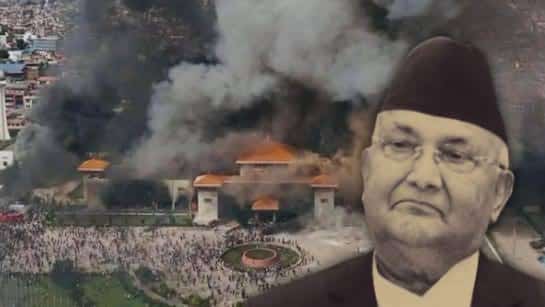Prime Minister KP Sharma Oli stepped down from his position on Tuesday afternoon, according to a confirmation from his office. His resignation came after two days of widespread demonstrations in Kathmandu, mostly led by young people. Protesters had been calling on the government to take serious action against corruption, ease restrictions on freedoms, and stop the heavy-handed response by police.
On Monday, the situation turned violent when protesters clashed with security forces near the Federal Parliament and other important locations in the capital. The clashes left 19 people dead and more than 500 others injured, making it one of the most serious outbreaks of unrest in recent years.
Even though the government imposed curfews across the Kathmandu Valley and deployed a strong security presence, the demonstrations continued to grow. The momentum of the protests increased pressure on the government, eventually leading to the prime minister’s resignation.
In his letter to President Ramchandra Paudel, Oli explained that the country was facing extraordinary circumstances. He said that Nepal needed a constitutional and political solution to overcome the crisis.
This report is for information purposes only. It does not express any personal opinions or political positions of the publisher. The image shown is AI-generated and is used only as a reference.


